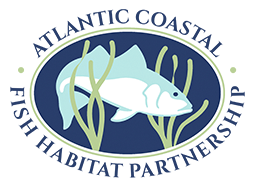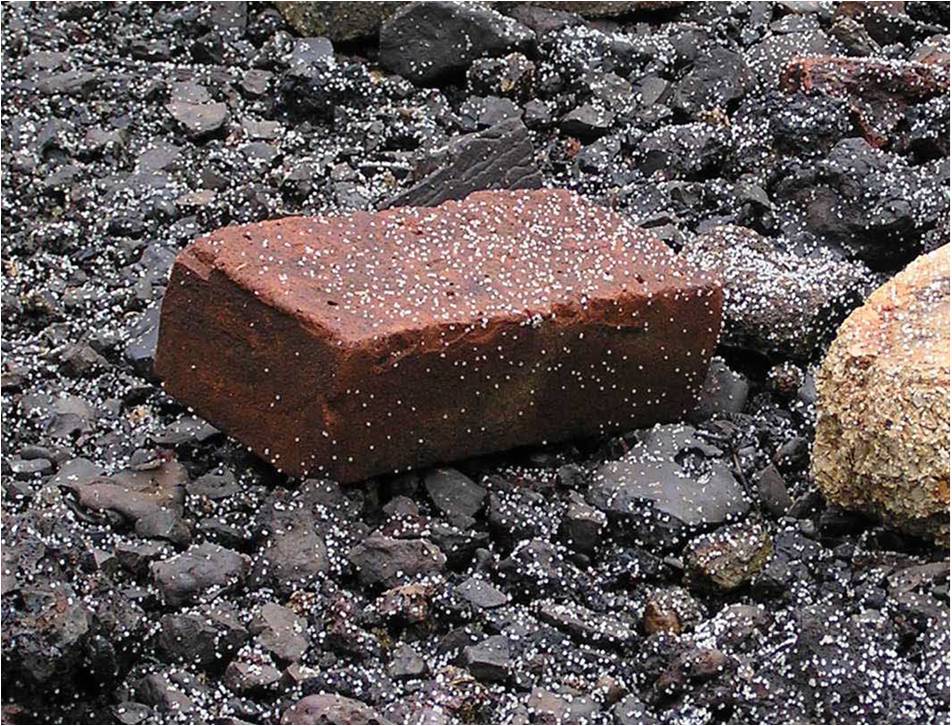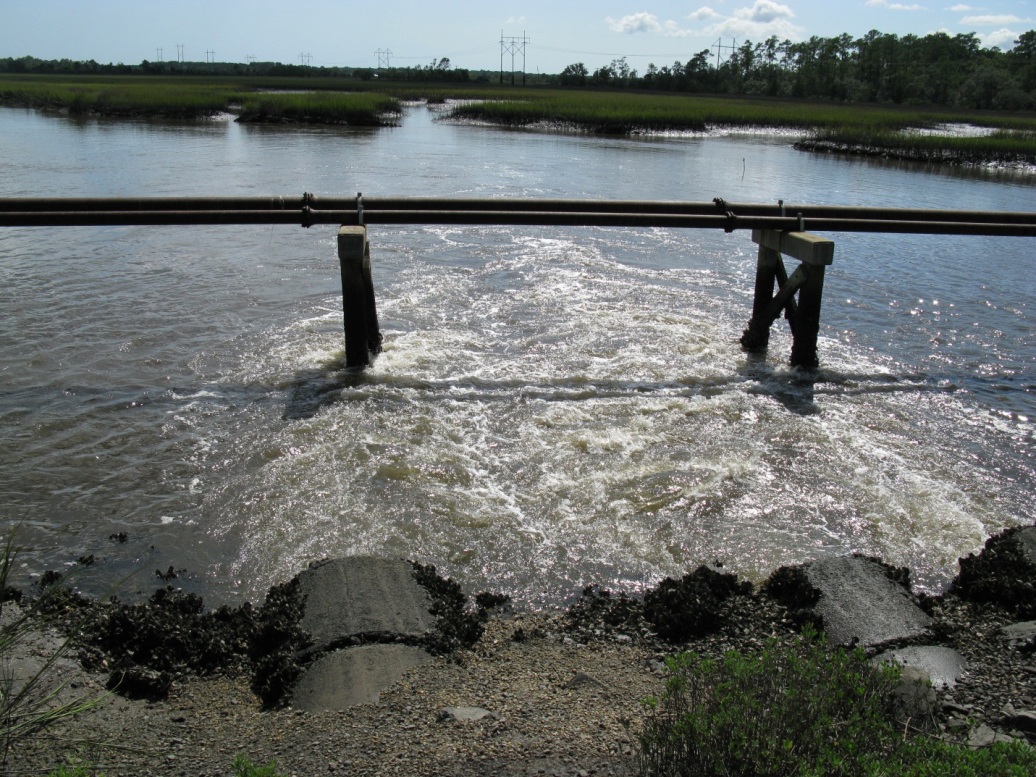In late February, the Atlantic Coastal Fish Habitat Partnership (ACFHP) endorsed two new project proposals: Dam Removal and Habitat Restoration on the Exeter/Squamscott River, New Hampshire and Culvert Replacement on Longbranch Creek, South Carolina. If funded, these projects would provide benefits to ACFHP priority habitats and address ACFHP protection and restoration objectives.
Dam Removal and Habitat Restoration on the Exeter/Squamscott River, New Hampshire
A partnership between the Town of Exeter, the New Hampshire Fish and Game Department, and the University of New Hampshire, this project seeks to remove the Great Dam and restore habitat on the Exeter/Squamscott River. The proposed project addresses one of ACFHP’s North Atlantic Subregional Priority Habitats, riverine bottom, and several of its fish habitat protection and restoration objectives.
The dam removal component of the project would provide eight miles of free-flowing river, eliminate a barrier to fish, improve habitat, improve water quality, and provide for natural sediment movement through the system. The habitat restoration component of the project would involve removing vegetation and woody material, improving access to potential spawning habitat. It would also involve removing a gravel shoal that exposes both rainbow smelt and river herring eggs during low tide, which will increase viable spawning habitat by approximately 20,000 square feet and maintain a minimum flow of water over the eggs.
Text and photo provided by the Town of Exeter. Photo: Exposed smelt eggs on shoal in Squamscott River.
Culvert Replacement on Longbranch Creek, South Carolina
Led by the City of Charleston, this project seeks to replace undersized pipes present on the Longbranch Creek, under the West Ashley Greenway, with wider box culverts, stabilize causeway shorelines immediately adjacent to the new work, and enhance or stabilize upstream shorelines, as needed. The proposed project addresses two of ACFHP’s South Atlantic Subregional Priority Habitats, marine and estuarine shellfish beds and tidal vegetation, as well as several of its fish habitat protection and restoration objectives.
This project will result in increased tidal flow to approximately half of the overall Creek area. The wider culverts will allow for improved fish passage through reduced velocity, which should also reduce the scouring action that is evident on the upstream side of the causeway. Improved tidal flow, combined with site-specific enhancements, will result in an increase in the vitality of the existing marsh area and oyster reef habitat while encouraging the establishment of new habitat. Use of box culverts at the Greenway instead of multiple pipes will also provide a limited recreational benefit for small watercraft by allowing tidally-influenced access to the Creek beyond the Greenway.
Photo and project text provided by the City of Charleston Parks Department. Photo: Longbranch Creek high velocity flow.


